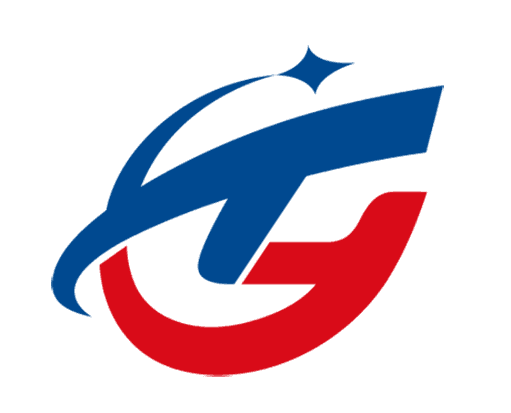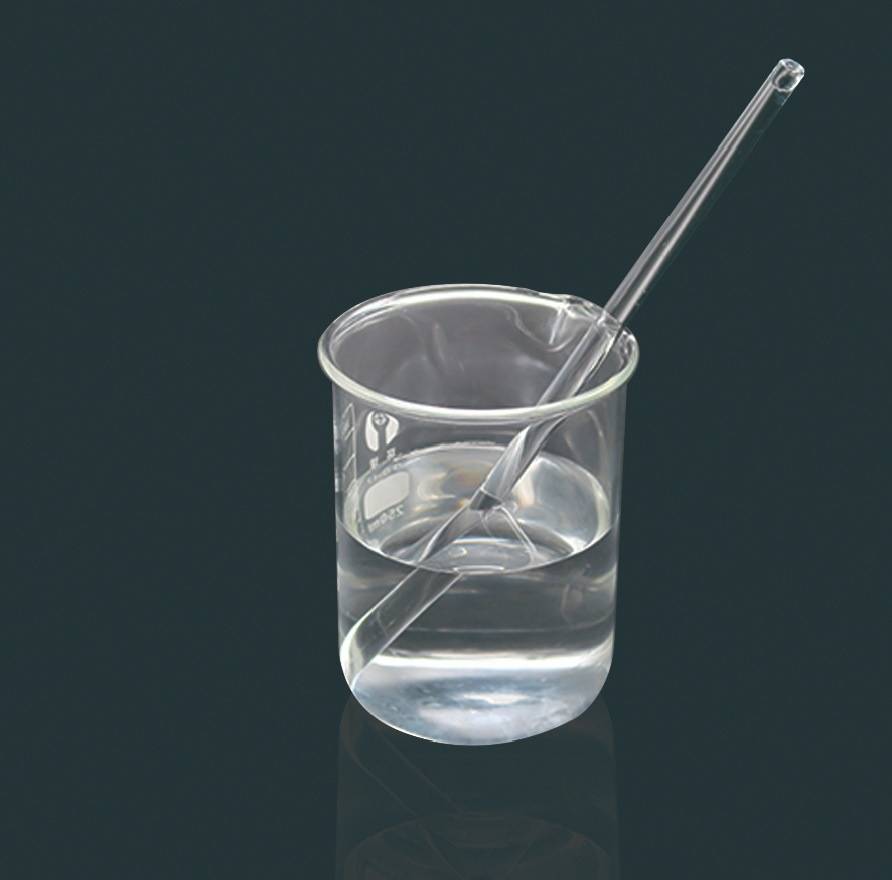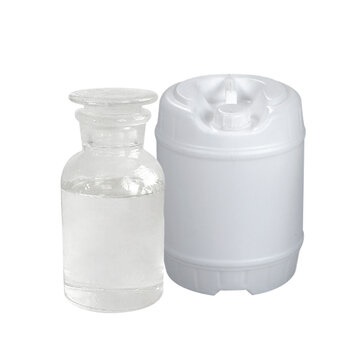Comprehensive Analysis of MDI Global Market Demand (2024-2028)
Author:Kevin
1、 Demand scale and growth trend
Global total demand
The global MDI production capacity has increased from 8.38 million tons in 2018 to 10.17 million tons in 2023, with a CAGR of 3.95%.
Driving factors: Building energy-saving materials (such as formaldehyde free panels), lightweighting of new energy vehicles (MDI usage per vehicle+30%), and cold chain logistics (cold storage capacity CAGR of 10%) have become core growth points.
Regional differentiation characteristics
North America: Focusing on polyurethane rigid foam, with a demand growth rate of about 4.5%, but facing environmental policy pressure from TDI to MDI substitution (such as EPA’s restrictions on TDI use).
Europe: Affected by carbon tariffs, export costs have increased by 5-8%, but demand for building insulation remains stable.
Emerging markets: Africa (CAGR 3.5%), Southeast Asia (household appliance capacity transfer) and India (car seat foam demand growth) become new engines.
2、 Supply and demand pattern and capacity distribution
Supply side concentration
The global MDI production capacity is highly monopolized, with the top five companies (Wanhua, BASF, Covestro, Huntsman, Dow) accounting for a combined market share of 89%. China’s production capacity accounts for over 50%, with Wanhua leading the way with a production capacity of 3.8 million tons per year, and planning to add 700000 tons by 2025.
Technical barriers: The sixth generation MDI technology has a single unit capacity of 1.2 million tons per year, with a unit cost 15-20% lower than the industry average.
trade flow
Asia is a net export region (with a net export volume of 762000 tons in 2023), while North America relies on imports (520000 tons per year). China’s export volume is expected to increase to 1.3 million tons by 2028, accounting for over 60% of global trade volume.
3、 Analysis of Application Domain Structure
Traditional dominant fields
The construction industry accounts for 50% of global demand, and China’s “dual carbon” policy promotes the construction of exterior wall insulation and cold storage, with a CAGR of 4.1%.
Home appliances and automobiles: Hard foam applications such as refrigerators and car seats account for 60%, while new energy vehicles drive a 12% increase in demand for high-end MDI (such as HDI).
Emerging growth points
Electronics and New Energy: The proportion of high-end applications such as semiconductor packaging materials and lithium battery separator coatings has increased to 12%, and is expected to exceed 30% by 2030.
Biobased materials: Alternative technologies such as Covestro CO ₂ – based polyurethane pose a threat to traditional MDI, but companies such as Wanhua are accelerating their deployment of bio based PDI projects to respond.
4、 Risks and Challenges
Cost and price fluctuations
For every 10% increase in the price of aniline (MDI core raw material), the production cost of MDI increases by 4%. The fluctuation of crude oil in Q1 2024 led to a year-on-year increase of 9.2% in aniline prices. The price range of aggregated MDI is 15200-18600 yuan/ton, which is significantly affected by supply-demand mismatch.
Policy and environmental pressure
The EU carbon tariffs and the localization requirements of the US Inflation Reduction Act have increased export costs, while China’s investment in environmental governance has raised the threshold for small and medium-sized manufacturers.
Technology substitution risk
The increasing penetration rate of biodegradable plastics (PLA/PBAT) and aliphatic isocyanates (HDI) in the high-end field may squeeze the market space of traditional MDI.
5、 Future Outlook (2025-2030)
Market expansion
Global demand is expected to maintain a growth rate of 3%, with Asia’s share rising to 60%.
Technical upgrade direction
Green process: Low VOC emission technologies (such as BASF Ecoflex series) have become the focus of competition.
High performance: Development of electronic and medical grade MDI products, with a gross profit margin that can be increased to over 45%.
Regional strategic adjustment
Wanhua Hungary Base (to avoid EU anti-dumping duties), US 400000 ton project (currently stalled). Drive the proportion of overseas revenue from 35% to 50% to hedge against domestic cyclical fluctuations.
Data support and risk warning: The current MDI industry is facing overcapacity and price war risks (China’s capacity utilization rate may drop to 70% by 2025), but the full industry chain integration of leading enterprises (such as the 65% self-sufficiency rate of raw materials in Wanhua Penglai Petrochemical Base) and high-end transformation will enhance their ability to resist risks. Suggest paying attention to the MDI price difference index (critical value of 15000 yuan/ton) and the progress of cost reduction for biobased materials.
If you need or are interested in product, please contact me and we can send you free samples.
WhatsApp:+0086-18678684705
Email:kevin@dyeastchem.com
Web.:www.dyeastchem.com



